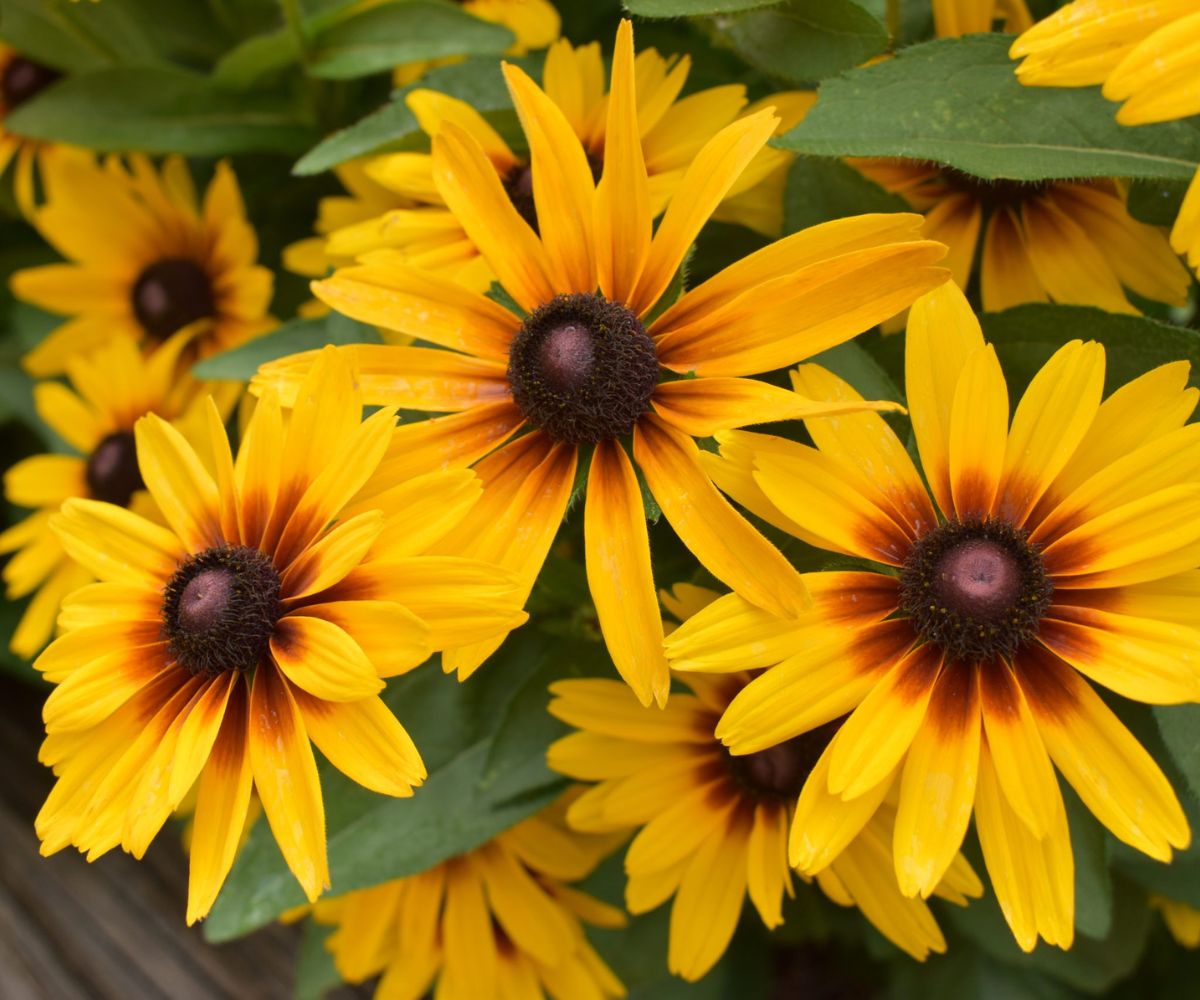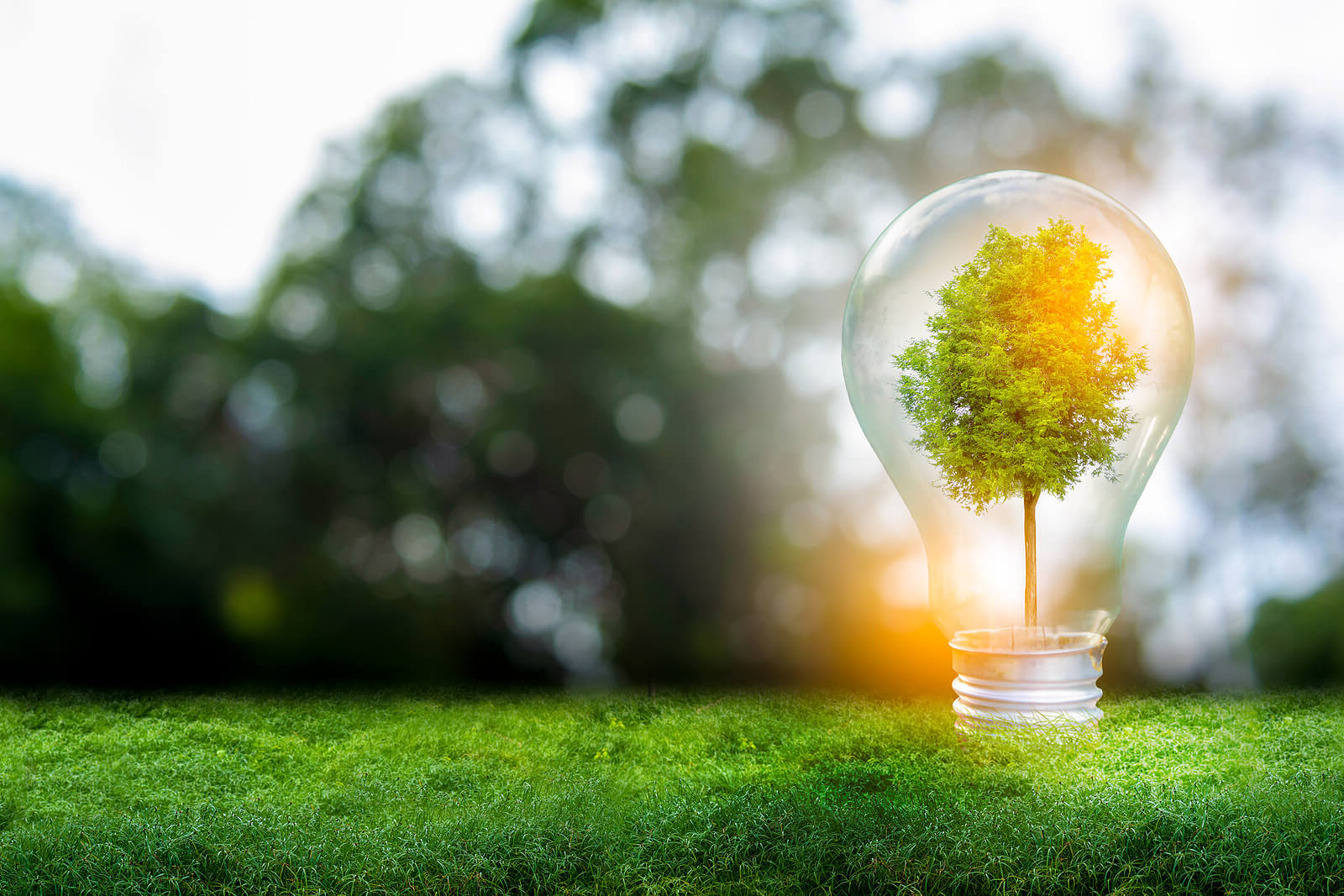
Rudbeckia, commonly known as Black-Eyed Susan, is a stunning flower that captures the attention of gardeners and nature enthusiasts alike. With its bright yellow or orange petals and dark center, Rudbeckia adds a burst of color and vibrancy to any garden or landscape. But there is so much more to this extraordinary plant than meets the eye. In this article, we will explore 18 fascinating facts about Rudbeckia that will not only deepen your appreciation for this beautiful plant but also enhance your knowledge of its unique characteristics and qualities. From its historical significance to its medicinal uses, prepare to be intrigued by the remarkable world of Rudbeckia.
Key Takeaways:
- Rudbeckia, also known as coneflowers, are vibrant and adaptable plants that attract pollinators and beneficial insects. They have a long blooming period and are easy to grow from seeds, making them a perfect choice for low-maintenance gardens.
- The colorful Rudbeckia flowers have medicinal properties and can be used in natural dyes. They are also deer resistant and symbolize encouragement and motivation. These extraordinary plants are a favorite among butterflies and are a staple in prairie and wildflower gardens.
Rudbeckia belongs to the sunflower family, Asteraceae.
Rudbeckia, also known as coneflowers, are beautiful flowering plants that belong to the Asteraceae family. They are native to North America and are widely cultivated for their vibrant colors and attractive blooms.
Rudbeckia flowers come in a variety of colors.
One of the most remarkable features of Rudbeckia is the wide range of colors their flowers can exhibit. From yellow and orange to red and even bi-color combinations, these flowers add a splash of color to any garden.
The most common species of Rudbeckia is Rudbeckia hirta.
Rudbeckia hirta, also known as black-eyed Susan, is the most widely cultivated species of Rudbeckia. It is known for its striking bright yellow petals with a dark brown or black center.
Rudbeckia flowers are a magnet for pollinators.
With their bright colors and nectar-filled blooms, Rudbeckia flowers attract a wide range of pollinators, including bees, butterflies, and birds. They play a vital role in supporting ecosystem health and biodiversity.
Rudbeckia plants are highly adaptable.
Rudbeckia plants are known for their ability to thrive in a variety of growing conditions. They can tolerate a wide range of soil types and are fairly drought-tolerant, making them a great choice for low-maintenance gardens.
Rudbeckia flowers have a long blooming period.
Rudbeckia flowers have an extended blooming period, typically from early summer to fall. This makes them a popular choice for providing continuous color in gardens and landscapes throughout the growing season.
Rudbeckia plants are relatively easy to grow from seeds.
If you’re looking to cultivate Rudbeckia in your garden, starting from seeds is a cost-effective and rewarding option. They have high germination rates and can be sown directly in the soil or started indoors.
Rudbeckia flowers are excellent cut flowers.
The vibrant blooms of Rudbeckia make them a perfect choice for floral arrangements. They add a touch of warmth and cheer to bouquets and can last for up to a week when properly cared for.
Rudbeckia flowers have medicinal properties.
Traditionally, Rudbeckia plants have been used for their medicinal properties by Native American tribes. The roots were used to make herbal remedies believed to have immune-boosting and anti-inflammatory effects.
Some Rudbeckia species are perennial.
While Rudbeckia hirta is an annual plant, there are several perennial species of Rudbeckia that can come back year after year, providing ongoing beauty in the garden.
Rudbeckia flowers attract beneficial insects.
In addition to attracting pollinators, Rudbeckia flowers also draw beneficial insects such as ladybugs and lacewings. These insects help control pests in the garden, making Rudbeckia a natural form of pest control.
Rudbeckia can be used in companion planting.
Rudbeckia is often used in companion planting to benefit other plants in the garden. It can attract beneficial insects, repel pests, and provide shade to neighboring plants.
Rudbeckia flowers can be used in natural dyes.
The petals of Rudbeckia flowers can be used to create natural dyes in shades of yellow, orange, and brown. This provides a sustainable and chemical-free way to add color to fabrics and crafts.
Rudbeckia seeds are edible.
The seeds of Rudbeckia plants are edible and can be roasted and used as a nutritious snack or added to salads and baked goods. They are rich in protein, fiber, and healthy fats.
Rudbeckia is a symbol of encouragement and motivation.
Due to its vibrant colors and resilience, Rudbeckia is often associated with encouragement and motivation. It symbolizes strength and can serve as a reminder to stay positive and persevere in tough times.
Rudbeckia is a favorite among butterflies.
Butterflies are particularly fond of Rudbeckia flowers. The bright colors and nectar-rich blooms act as a magnet, attracting these delicate creatures to your garden.
Rudbeckia is deer resistant.
If you have a problem with deer damaging your garden plants, Rudbeckia can be a great choice. These plants are known to be deer resistant, making them a reliable option for landscapes in deer-populated areas.
Rudbeckia is a staple in prairie and wildflower gardens.
Rudbeckia is often used in prairie and wildflower garden designs, as it adds a touch of natural beauty and fits perfectly into landscapes with native and wildlife-friendly plantings.
Conclusion
In conclusion, Rudbeckia, also known as Black-eyed Susan, is a fascinating and versatile plant with a rich history and numerous benefits. From its vibrant yellow flowers to its ability to attract pollinators and support wildlife, Rudbeckia is truly one of nature’s extraordinary gifts. As a popular choice for gardens and landscapes, it adds a touch of beauty and charm to any environment. Whether you’re a gardening enthusiast or simply appreciate the wonders of nature, exploring the world of Rudbeckia is a captivating experience that is sure to leave you inspired.
FAQs
1. What is Rudbeckia?
Rudbeckia, commonly known as Black-eyed Susan, is a flowering plant in the sunflower family. It is characterized by its bright yellow petals and dark brown centers, which resemble a “black eye.
2. How tall does Rudbeckia grow?
Rudbeckia can grow anywhere from 1 to 3 feet tall, depending on the specific variety and growing conditions.
3. What are the ideal growing conditions for Rudbeckia?
Rudbeckia thrives in full sun to partial shade and prefers well-drained soil. It is a hardy plant and can tolerate a variety of soil types, including clay and sandy soil.
4. Is Rudbeckia a perennial or an annual plant?
Rudbeckia can be both a perennial and an annual plant, depending on the species. Some varieties are perennial, meaning they come back year after year, while others are annual and will need to be replanted each year.
5. How do I care for Rudbeckia?
Rudbeckia is a low-maintenance plant that requires minimal care. It needs regular watering, especially during dry spells, but be careful not to overwater as it can lead to root rot. Deadheading the spent flowers will encourage continuous blooming.
6. Can I grow Rudbeckia in containers?
Yes, Rudbeckia can be grown in containers, making it a versatile plant for those with limited gardening space. Choose a large enough container with good drainage and use a well-draining potting mix.
7. Does Rudbeckia attract pollinators?
Yes, Rudbeckia is a magnet for pollinators, including bees, butterflies, and hummingbirds. Its bright flowers and sweet nectar serve as a valuable food source for these important creatures.
8. Are there any pests or diseases that affect Rudbeckia?
Rudbeckia is generally resistant to pests and diseases. However, it can occasionally be susceptible to powdery mildew, especially if grown in humid conditions. Proper air circulation and avoiding overhead watering can help prevent this issue.
9. Can I divide Rudbeckia plants?
Yes, Rudbeckia plants can be divided every few years to promote healthier growth and increase the number of plants. The best time to divide is in early spring or fall when the plant is dormant.
10. Are there different varieties of Rudbeckia?
Yes, there are numerous varieties of Rudbeckia available, each with its own unique characteristics. Some popular varieties include Rudbeckia fulgida, Rudbeckia hirta, and Rudbeckia triloba.
Was this page helpful?
Our commitment to delivering trustworthy and engaging content is at the heart of what we do. Each fact on our site is contributed by real users like you, bringing a wealth of diverse insights and information. To ensure the highest standards of accuracy and reliability, our dedicated editors meticulously review each submission. This process guarantees that the facts we share are not only fascinating but also credible. Trust in our commitment to quality and authenticity as you explore and learn with us.


